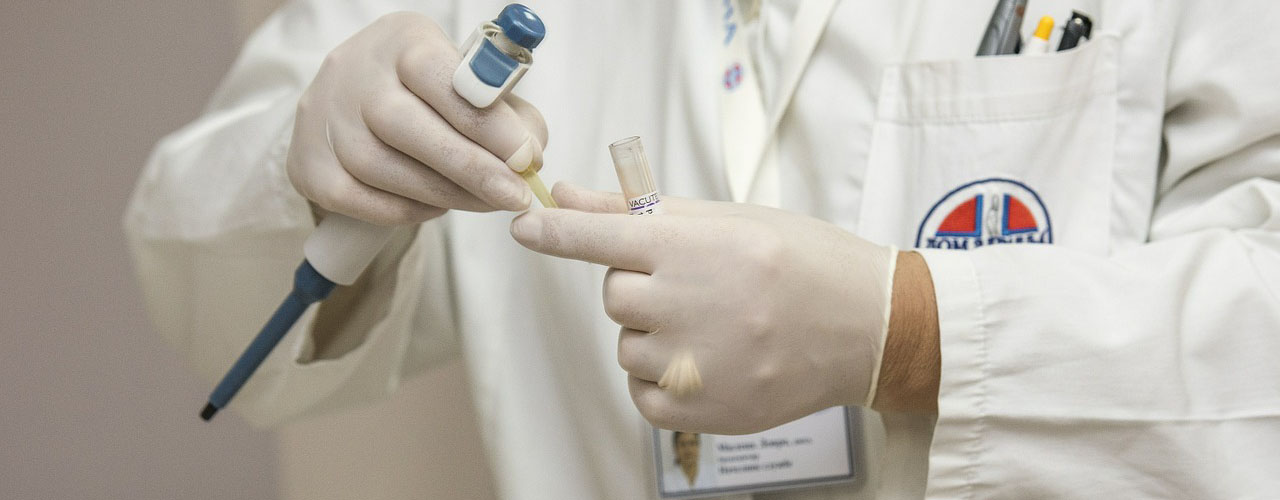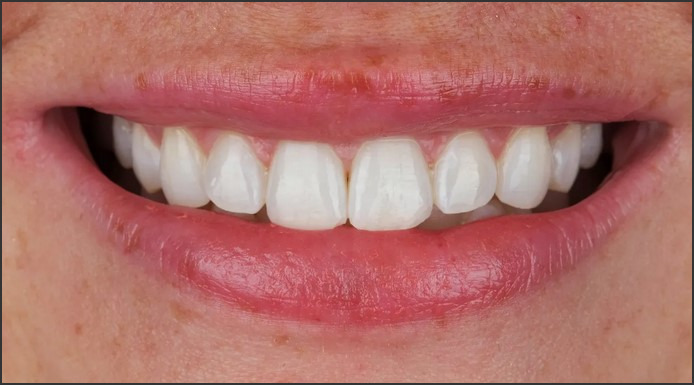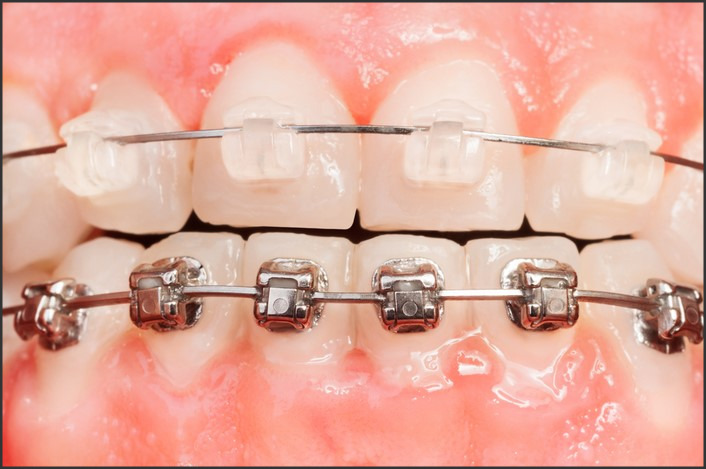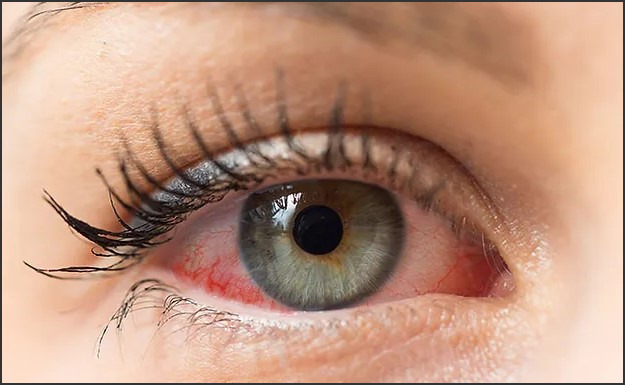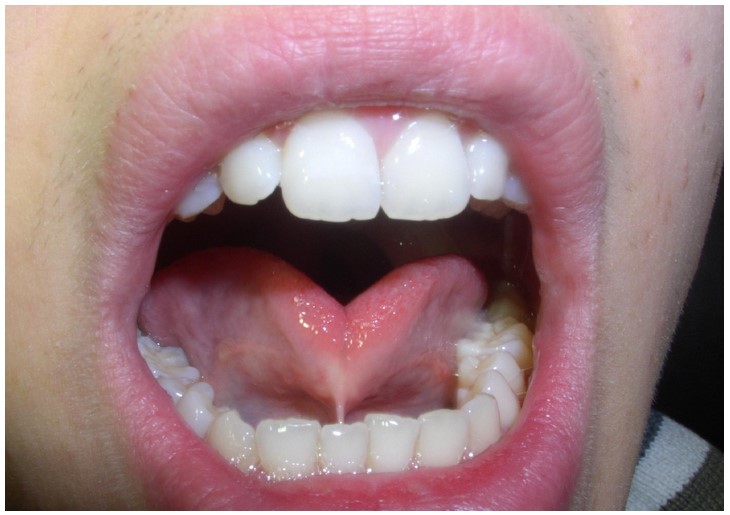
Sinus infections, also known as sinusitis, are a common condition that affects millions of people each year. While the symptoms of a sinus infection can be uncomfortable, the most important question is whether or not a sinus infection is contagious. The answer is yes, sinus infections can be contagious, but the risk of transmission is low. In this article, we will discuss how sinus infections are transmitted, as well as prevention tips to help reduce your risk of catching or spreading a sinus infection.
How is a Sinus Infection Transmitted and What are the Risk Factors?
A sinus infection, also known as sinusitis, is an inflammation of the sinuses that can be caused by a variety of factors. It is typically caused by a virus, but can also be caused by bacteria, fungi, or allergies.
Sinus infections are typically spread through contact with an infected person, such as through coughing, sneezing, or sharing utensils. It can also be spread through contact with contaminated surfaces, such as doorknobs or countertops.
The risk factors for developing a sinus infection include having allergies, a weakened immune system, smoking, and exposure to air pollution. People who have a deviated septum, a structural abnormality of the nose, are also at an increased risk of developing a sinus infection.
In addition, people who have a history of sinus infections are more likely to develop them again. People who have a cold or flu are also at an increased risk of developing a sinus infection.
It is important to take steps to reduce the risk of developing a sinus infection, such as washing your hands regularly, avoiding contact with people who are sick, and avoiding contact with contaminated surfaces. If you have allergies, it is important to take steps to reduce your exposure to allergens. If you have a weakened immune system, it is important to take steps to strengthen it.
Prevention Tips for Avoiding the Spread of a Sinus Infection
1. Wash your hands often with soap and water, or use an alcohol-based hand sanitizer.
2. Avoid touching your eyes, nose, and mouth with unwashed hands.
3. Avoid close contact with people who are sick.
4. Stay home when you are sick.
5. Cover your nose and mouth with a tissue when you sneeze or cough, and then throw the tissue in the trash.
6. Clean and disinfect surfaces that are frequently touched.
7. Drink plenty of fluids to help thin mucus and keep your nasal passages moist.
8. Use a humidifier or vaporizer to increase the moisture in the air.
9. Use a saline nasal spray or rinse to help clear your nasal passages.
10. Avoid smoking and secondhand smoke.
Conclusion
In conclusion, a sinus infection is not contagious, but it can be caused by a virus or bacteria that is contagious. To prevent a sinus infection, it is important to practice good hygiene, avoid contact with people who are sick, and get vaccinated against the flu and other illnesses. If you do develop a sinus infection, it is important to seek medical attention and follow your doctor’s instructions for treatment.


